Australian kids are playing more sport but are not getting fitter, as girls participation is also sliding
AUSSIE kids are playing more sport than ever before, but they’re still getting fatter. And while boys continue to get more active, girls participation is sliding. Experts explain why.
Kids
Don't miss out on the headlines from Kids. Followed categories will be added to My News.
EXCLUSIVE
AUSSIE kids are playing more sport than ever before, but they’re still getting fatter.
And while boys continue to get more active, girls participation is sliding.
News Corp Australia can reveal the latest participation data on kids sport from the Australian Sports Commission .
It shows in 2017, 3.5 million children aged 15 and under (74 per cent) participated in some form of organised sport or physical activity outside of school hours, compared with 3.2 million children (70 per cent) in 2016.
But while there was a jump in participation, 55 per cent of kids aged 12-14 still either don’t like physical activity or see it as a priority, this falls to 25 per cent of 9-11yr olds and 18 per cent of 5-8yr olds.
And although participation increased in 2017 our children’s waistlines are continuing to grow, with one in three children expected to be obese by 2028, according to Obesity Australia.
MORE: Shocking cost Aussie parents spend on kids’ gym memberships
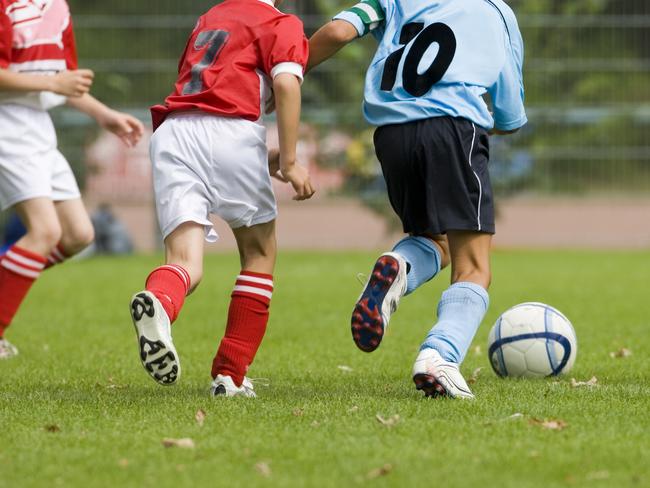
The top sporting activities nationally by participation for kids under the age of 15 in 2017 were swimming (31.8 per cent), soccer (14.1 per cent) and AFL (8.8 per cent).
For girls, the top activities were swimming (33.9 per cent), dancing recreational (14.7 per cent) and netball (13.3 per cent).
For boys the top activities for 2017 were swimming (29.8 per cent), football/soccer (21.9 per cent) and AFL (14.6 per cent).
Swimming tops the list in all instances because for young children many parents prioritise learn to swim programs as their main activity outside of school hours.
The Australian Sports Commission’s AusPlay report found children are more likely to participate in organised physical activity outside school hours if their parents participate in sports or physical activity, they come from a high-income family, or they have only 1 or 2 siblings.
Children from families with three or more siblings are less likely to play organised sport than their smaller family counterparts.
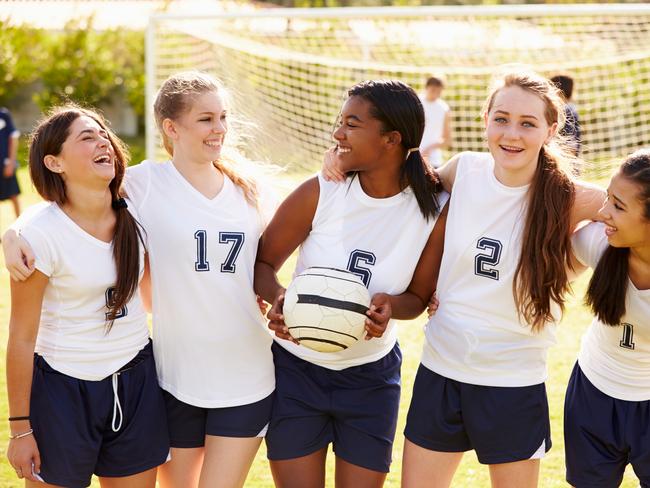
The gap between boys and girls participation is also widening, with fewer girls aged 12-14 interested in sport.
RELATED: We reveal the cheapest and most expensive sports
However in sports like soccer and AFL there is a surge in female participation — with both increasing their junior female participation by 6 per cent in 2017 from the previous year.
Kate Palmer, Australian Sports Commission CEO, welcomed the increase in participation but said more needs to be done to keep our kids healthy.
“Despite the fact we have an increase in participation Australians are still not active enough for the health outcomes we are trying to achieve and it is everyone’s responsibility to improve our children’s health,” Ms Palmer said.
She also said the drop between boys and girls participation was of concern.
“We all should be worried about this and working on ways to improve the situation.”
In 2017 the number of 9-11 year old girls participating in physical activity dropped by 7 per cent from 2016. In the 12-14-year-old cohort boys participation grew by 6 per cent while girls’ participation stagnated.

Football Federation Australia’s John Kent said soccer was increasingly the sport of choice for families, and particularly for girls.
“For young families, Football is a safe, fun, inclusive and accessible sport — that’s why we are the most popular choice among this demographic,” Mr Kent said.
“Football is a great introduction to team sport, where kids learn the value of fair play and working together.”
Sports Minister Bridget McKenzie said the government was committed to getting more kids active.
“Eighty-one per cent of Australian children are not meeting the daily recommended activity guidelines and one quarter of Aussie children are overweight or obese,” Senator McKenzie said.
“We know that teenagers, especially girls, drop out of physical activity in their early teens. We also know this is the period in their lives they start forming lifelong habits.
“I am committed to increasing community participation in sport and physical activity more broadly so that every Australian can undertake exercise in a safe, fun and inclusive way.”
The AusPlay report is put together from a survey of more than 20,000 people aged 15 and over. In 2017 a total of 3209 parents/guardians of children under the age of 15 provided information about their child’s participation in organised physical activities outside school hours.

SPORTS RANKED BY NUMBER OF CHILDREN PARTICIPATING 2017
TOP 20 FOR BOYS AND GIRLS NATIONALLY
Swimming — 31.8 per cent
Football/Soccer — 14.1 per cent
AFL — 8.8 per cent
Dancing (recreational) — 8 per cent
Gymnastics — 7.6 per cent
Basketball — 7.3 per cent
Netball — 6.6 per cent
Tennis — 6 per cent
Athletics, track and field — 5.5 per cent
Cricket — 5.4 per cent
Rugby leagues — 3.1 per cent
Karate — 2.8 per cent
Dance Sport — 2.8 per cent
Touch Football — 2.6 per cent
Hockey — 2.4 per cent
Fitness/gym — 1.8 per cent
Martial Arts — 1.7 per cent
Rugby Union — 1.7 per cent
Lifesaving surf — 1.4 per cent
Taekwondo — 1.4 per cent
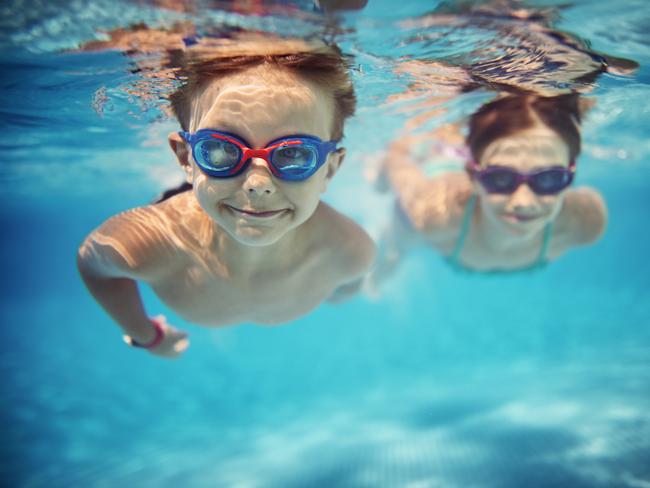
BY GENDER
BOYS
Swimming — 29.8 per cent
Football/Soccer — 21.9 per cent
AFL — 14.6 per cent
Cricket — 10 per cent
Basketball — 8.6 per cent
Tennis — 7.1 per cent
Athletics, track and field — 6 per cent
Rugby League — 5.7 per cent
Gymnastics — 3.4 per cent
Rugby Union 3.2 per cent
GIRLS
Swimming — 33.9 per cent
Dancing (recreational) 14.7 per cent
Netball — 13.3 per cent
Gymnastics — 12.1 per cent
Football/soccer — 5.9 per cent
Basketball — 5.9 per cent
Dance Sport — 5.2 per cent
Athletics, track and field — 4.9 per cent
Tennis — 4.8 per cent
Hockey — 3.2 per cent
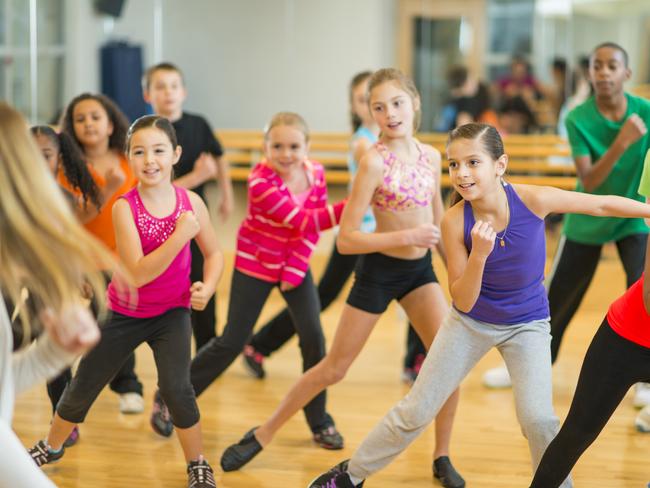
TOP RANKING BY STATE
NSW
1. Swimming
2. Football/soccer
3 Dancing (recreational)
4. Gymnastics
5. Netball
6. Cricket
7. Basketball
8. Athletics, track and field
9. Tennis
10. Rugby League
VICTORIA
1. Swimming
2. Basketball
3. AFL
4. Tennis
5. Football/Soccer
6. Netball
7. Cricket
8. Dancing (recreational)
9. Gymnastics
10. Athletics, track and field
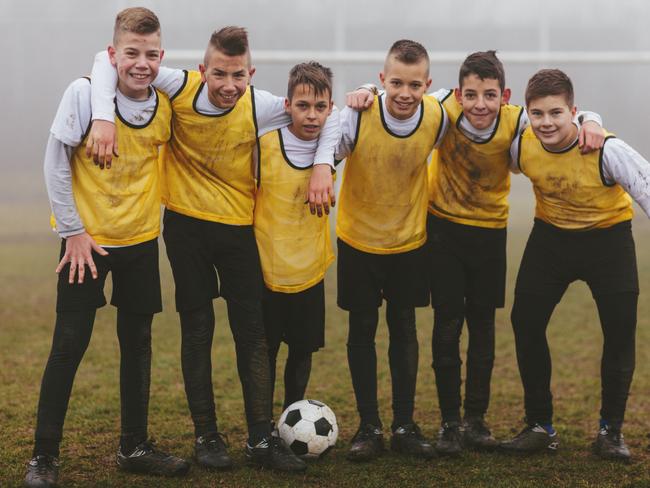
QUEENSLAND
1. Swimming
2. Football/Soccer
3. Gymnastics
4. Tennis
5. Athletics, track and field
6. Netball
7. Dancing (recreational)
8. Cricket
9. Touch Football
10. Rugby League
SOUTH AUSTRALIA
1. Swimming
2. Football/Soccer
3. AFL
4. Basketball
5. Netball
6. Cricket
7. Gymnastics
8. Tennis
9. Athletics, track and field
10. Dancing (recreational)
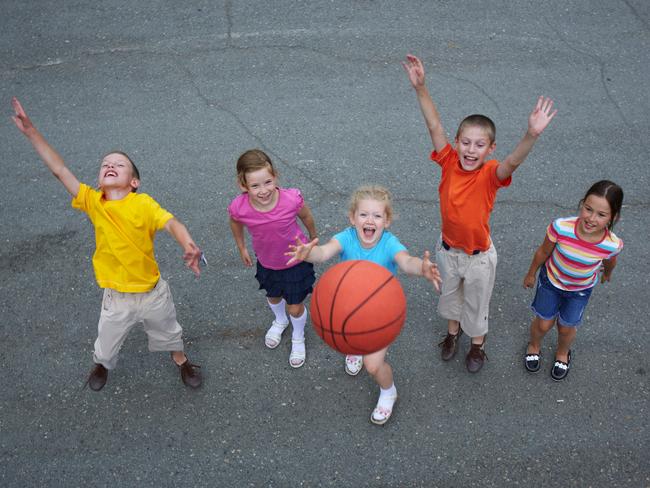
KEY POINTS FROM AUSPLAY REPORT
• 55 per cent of children aged 12-14 either don’t like physical activity or don’t see it as a priority, this drops to 25 per cent of 9-11 year olds and 18 per cent of 5-8 year olds.
• 3.5 million children (74 per cent) participated in some form of organised sport or physical activity outside of school hours in 2017, compared with 3.2 million children (70 per cent) in 2016.
• 63 per cent of children participated in organised physical activity outside of school hours at least once per week (up from 56 per cent in 2016)
• 25 per cent of children participated in organised physical activity outside of school hours at least three times per week (up from 20 per cent in 2016).
• Boys aged 12-14 are spending close to 30 minutes more per session exercising than girls of the same age.
• Child participation rate peaks in the 9 to 11 age group before declining slightly in the 12 to 14 age group.
• On average, boys participate more frequently (2.7 times per week) than girls (2.2 times per week).
• In 2017 the gap between girls and boys participation in the 12-14 age group widened — 87 per cent of boys participated compared to 81 per cent of girls. In 2016 boys were 82 per cent and girls were 81 per cent.
• 75 per cent of children who have at least one active parent participate in organised physical activity outside of school compared to just 56 per cent of children with at least one inactive parent.
• 58 per cent of children from low income families participate in organised physical activity outside of school compared to 73 per cent of children from middle income families and 84 per cent of children from high income families.
• Only children and children with three or more siblings are less likely to participate in sport than those with one or two siblings.
GIRLS IN SPORT
• The Football Federation of Australia says it is seeing a spike in female participation in soccer. 104,000 miniROO girls registered to play in 2018, up 6000 from the same time last year.
• AFL says it saw a 22 per cent increase in overall female participation in 2017 from 2016 up from 380,041 in 2016 to 463,364. The number of girls playing NAB AFL Auskick grew by
six per cent to 56,559 in 2017 from 53,409.


